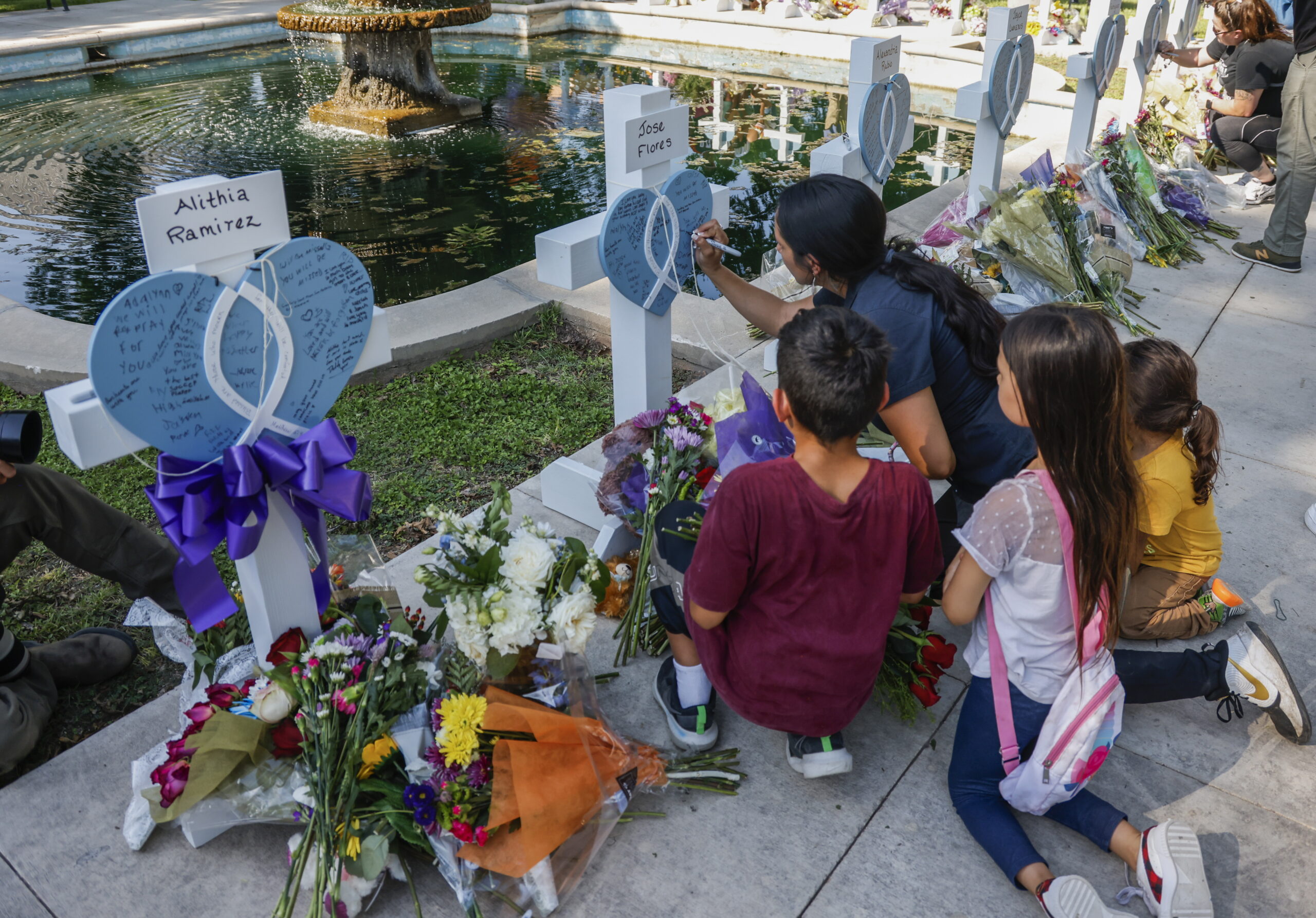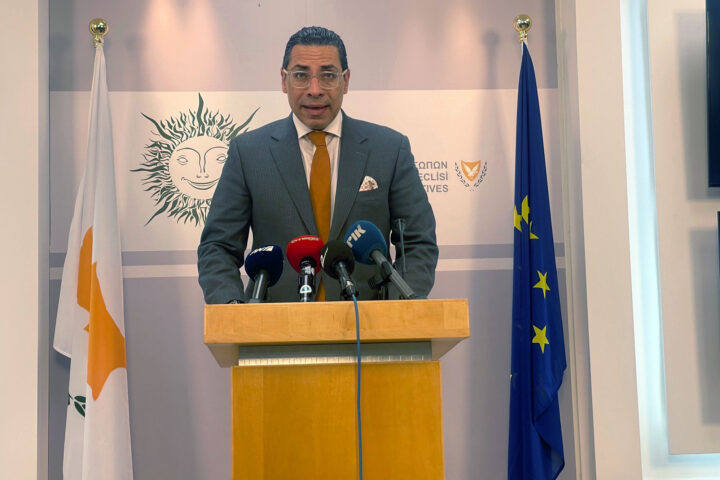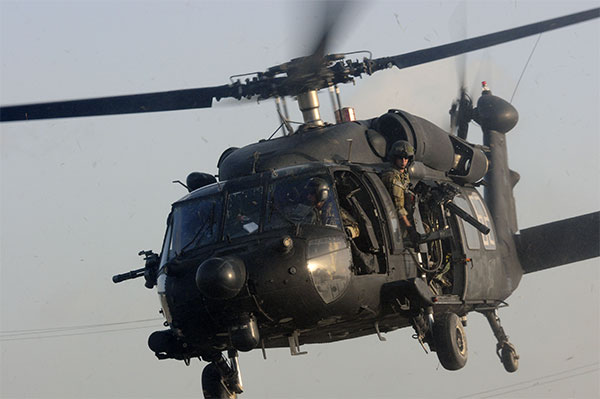With more guns in America than people and ineffective gun laws in a country where it’s harder to get a drink than an automatic weapon, nobody believes the Texas school massacre will be the last.
From the outside looking in – it’s hard to comprehend that a society can just grit its teeth through the tragedy and not want to change the narrative when so many innocent lives have been senselessly lost.
It is a constitutional right to carry arms in the US, but why is there trepidation over tightening gun laws when firearms are lethal?
We expect people to pass a test to drive a car to examine their skill and training in a potentially dangerous machine.
And in some states, alcohol is seen as a public health issue that teenagers are denied a drink.
But there seems to be no willingness to introduce a more rigorous procedure in obtaining a gun or restriction on what type or quantity you can own.
There is an absence of reasoned logic or political wisdom in wanting to change gun laws even though mass killings continue with alarming frequency.
It’s as if to say that the principle of gun-toting freedom overrides any moral obligation to protect society and its most vulnerable while at school.
For example, it is illegal to own more than six dildos in Texas, but you can carry a gun in public with no training on how to use it.
These are the kinds of jaw-dropping comparisons people are making in the wake of the horrifying elementary school shooting in the state that left 21 people dead.
Texas loosened its gun laws last year, allowing anyone to carry a weapon in public without having formal training or background check.
Politicians are adamant that the second amendment must be defended as gun rights are more sacred than life itself.
After what happened at Robb Elementary School on 24 May, there is disbelief that there are more restrictive laws for sex toys than lethal guns.
Salvador Ramos, who had recently turned 18, shot his grandmother, badly wounding her, before storming into the school in Uvalde, which has a population under 16,000 near the Texas-Mexico border.
He was heavily armed and had mountains of ammunition.
The gunman killed 19 children aged eight to 10 and two teachers with a semi-automatic rifle, wounding about 17 others.
He was eventually shot dead by a federal agent in a classroom he had barricaded himself with his victims.
Police response
As the grief begins to subside, there are growing questions about how the police behaved and their dithering in the face of a massacre.
There is a sneaking suspicion that lives could have been saved if a more prompt response had been forthcoming.
The chief Texas safety official said police made the “wrong decision” by failing to storm a classroom at the school as the gunman killed the children inside.
A 40-minute time gap was confirmed from the police unit’s arrival to when they entered the classroom.
Pupils inside begged for police to come to their rescue during calls to the emergency services.
Compounding the heartache are the questions raised about why the shooter was inside the school for so long before he was killed – not by local police but by a tactical unit led by US border agents.
The gunman crashed his car near the school at about 11:30 local time and entered the school shortly after – but it was not until 12:51 that a tactical unit breached the classroom door.
One explanation for the delay is that the commanding officer believed the situation no longer involved an “active shooter”.
But four emergency calls were made from within the school – apparently from children barricaded inside the classroom where the gunman was firing – desperate for police to come.
And some of the parents had to be restrained after they wanted to invade the school as they saw the police standing around.
Parents complained that police were unprepared, and so is America unwilling to face the ugly truth about guns.
A new study by the Bureau of Alcohol, Tobacco, Firearms and Explosives shows gun production in the USA has tripled over the last 22 years.
More than 400 million guns are now circulating in a US population of 330 million – a bloody recipe for murdered innocence.










